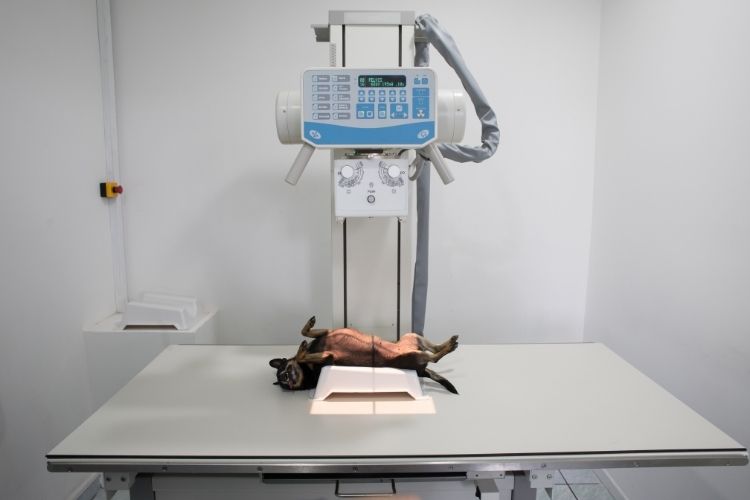Veterinary practices, for the most part, are safe, enjoyable places to work. Veterinary staff members and technicians conduct their responsibilities with professionalism, and most practices work primarily with docile companion pets. There is, of course, the risk of being hurt by a disgruntled animal, but an even graver concern is the threat of radiation.
X-ray machines emit radioactive waves that can damage the cells of technicians and other staff members. Staff members who do not try to protect themselves could develop cancer in the future. If you want your practice to avoid the worst possible outcomes, read on to discover the important radiation safety tips for veterinary practices.
Provide Shielding for Staff Members Who Work With Radiation
All staff members who work with a veterinary X-ray machine should wear lead aprons, protective gloves, protective glasses, and thyroid shields. Wearing the proper safety gear while operating machines that produce radioactive waves can greatly reduce the chances of developing cancer in the future. Make sure to train your employees so that using the protective gear becomes second nature.
Sedate Uncooperative Patients
When an animal refuses to cooperate with its X-ray, your veterinary staff may spend a great deal of time trying to get them to sit still. If your employees must hold down the animal during an X-ray, they will experience a dose of the radiation as well. This problem compounds if you take multiple X-rays.
You should never let your staff be in this position. To avoid their exposure to radiation, make sure to sedate uncooperative animals early in the process. This is perhaps one of the most important radiation safety tips for veterinary practices. If you do not need to hold the animal down, your staff will avoid radiation, and you will likely get a better picture.
Assign a Staff Member To Train and Educate Others
Give one person the responsibility to take ownership of the veterinary practice’s radiation safety. They must be completely up-to-date on radiation safety guidelines and possess exemplary leadership and organization skills.
Give Each Staff Member a Dosimeter To Measure Exposure
Thermoluminescent Dosimeter (TLD) and Optical Stimulated Luminescence Dosimeter (OSL) badges are useful tools for staff members who work near radiation. They give radiation exposure dose results on-demand on an employee’s mobile device or computer.
